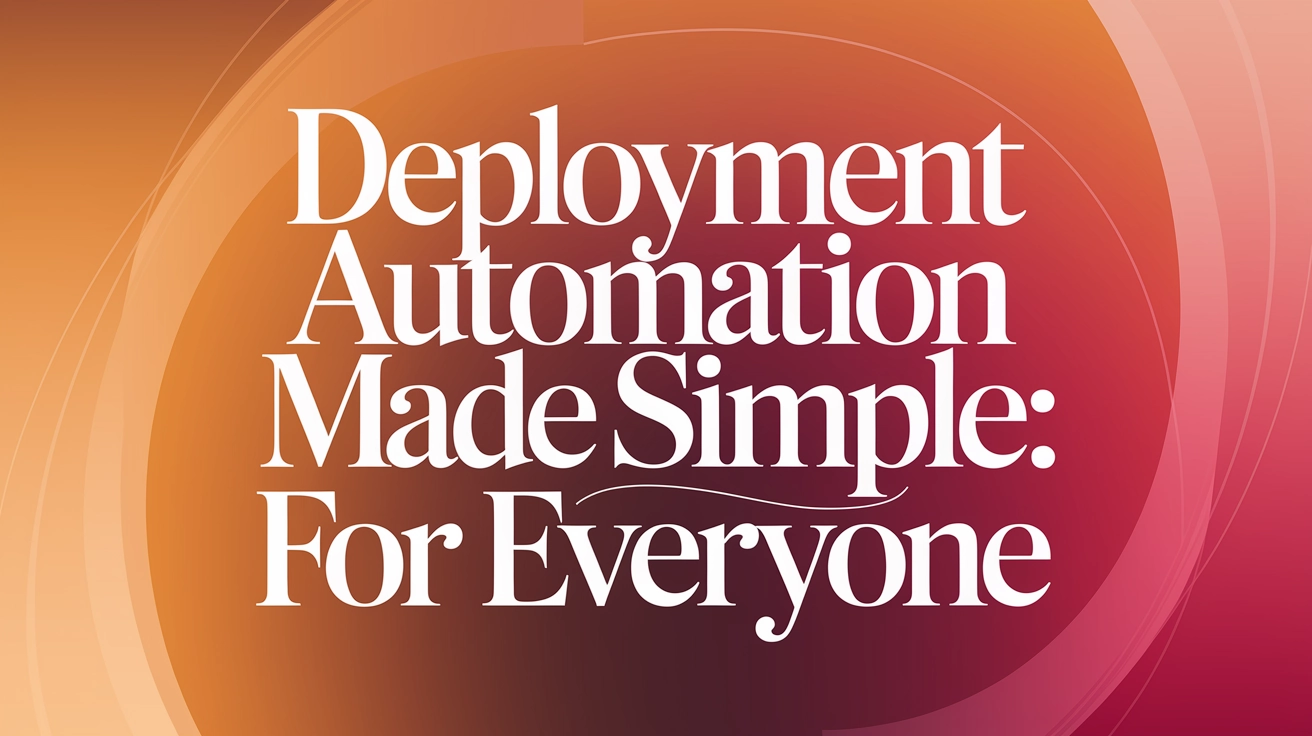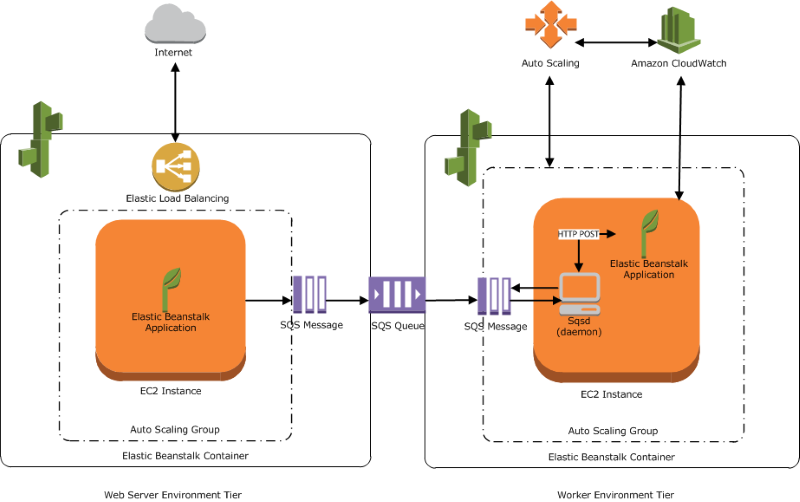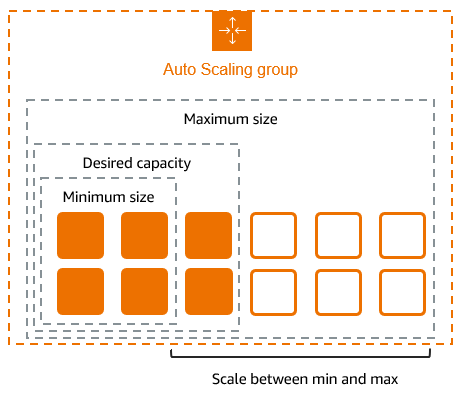The Days of "It Works on My Machine" Are Over
Hey there, DevOps enthusiasts! Amartya here. Remember the classic developer excuse "but it works on my machine"? We've all been there – that frustrating moment when code runs perfectly in development but crashes spectacularly in production. If you're nodding along, you're about to discover how CI/CD pipelines can make those headaches a thing of the past.
In our previous blog posts, we explored automation fundamentals, scripting basics with Bash and Python, and configuration management tools. Now it's time to level up and dive into the world of Continuous Integration and Continuous Deployment – the beating heart of modern DevOps.
What's This CI/CD Thing Everyone Keeps Talking About?
CI/CD isn't just another tech buzzword to throw around in meetings (though it does sound impressive). It's a game-changing approach that brings automation to your entire development lifecycle.
Let's break it down:
- Continuous Integration (CI): Automatically testing code changes when they're submitted
- Continuous Delivery (CD): Automating the release process so your code is always ready to deploy
- Continuous Deployment: Taking automation one step further by automatically pushing changes to production
Together, these practices create a smooth, automated pipeline that takes your code from commit to production with minimal human intervention. The result? Faster releases, fewer bugs, and developers who actually enjoy the deployment process (yes, it's possible!).

The Building Blocks: CI/CD Pipeline Components
A CI/CD pipeline might seem complex at first glance, but it's really just a series of automated steps. Let's walk through the typical components:
1. Source Control
Everything starts in your repository (GitHub, GitLab, Bitbucket, etc.). When a developer pushes code or creates a pull request, it triggers the pipeline.
# Example of triggering a pipeline with git
git commit -m "Add awesome new feature"
git push origin feature-branch
2. Build Stage
This is where your application gets compiled, dependencies are installed, and artifacts are created.
# Example build commands
npm install
npm run build
3. Test Stage
Automated tests run to catch bugs before they reach production. This typically includes unit tests, integration tests, and sometimes end-to-end tests.
# Example test commands
npm run test
npm run lint
4. Deploy Stage
If tests pass, your code moves to staging or production environments.
# Example deployment commands
aws s3 sync ./build s3://my-website-bucket
kubectl apply -f kubernetes/deployment.yaml
5. Monitoring & Feedback
After deployment, monitoring tools keep an eye on your application's performance and alert you if something goes wrong.
Why CI/CD Is a Total Game-Changer
You might be thinking, "This sounds like a lot of work to set up." And yes, there's some initial investment, but the payoff is HUGE:
- Ship Faster: Release new features in hours instead of weeks
- Catch Bugs Early: Find and fix issues before they reach users
- Reduce Risk: Smaller, more frequent deployments mean smaller blast radius when things go wrong
- Improve Collaboration: Break down silos between development and operations teams
- Sleep Better: Seriously, automated deployments mean fewer late-night emergency fixes
According to research, high-performing DevOps teams deploy 208 times more frequently and have 106 times faster lead time from commit to deploy compared to traditional teams. That's not just a small improvement—it's a complete transformation.

Getting Started: Your First CI/CD Pipeline
Ready to join the CI/CD revolution? Let's create a simple pipeline using GitHub Actions, one of the most accessible CI/CD tools for beginners.
Step 1: Create a workflow file
In your GitHub repository, create a file at .github/workflows/main.yml:
name: CI/CD Pipeline
on:
push:
branches: [ main ]
pull_request:
branches: [ main ]
jobs:
build-and-test:
runs-on: ubuntu-latest
steps:
- uses: actions/checkout@v2
- name: Set up Node.js
uses: actions/setup-node@v2
with:
node-version: '16'
- name: Install dependencies
run: npm install
- name: Run tests
run: npm test
- name: Build
run: npm run build
This basic pipeline will run whenever code is pushed to the main branch or a pull request is created. It sets up a Node.js environment, installs dependencies, runs tests, and builds your application.
Step 2: Add deployment (for a simple web app)
# Add this to the jobs section of your workflow file
deploy:
needs: build-and-test
runs-on: ubuntu-latest
if: github.ref == 'refs/heads/main'
steps:
- uses: actions/checkout@v2
- name: Set up Node.js
uses: actions/setup-node@v2
with:
node-version: '16'
- name: Install dependencies
run: npm install
- name: Build
run: npm run build
- name: Deploy to S3
uses: jakejarvis/s3-sync-action@master
with:
args: --acl public-read --follow-symlinks --delete
env:
AWS_S3_BUCKET: ${{ secrets.AWS_S3_BUCKET }}
AWS_ACCESS_KEY_ID: ${{ secrets.AWS_ACCESS_KEY_ID }}
AWS_SECRET_ACCESS_KEY: ${{ secrets.AWS_SECRET_ACCESS_KEY }}
AWS_REGION: 'us-west-1'
SOURCE_DIR: 'build'
This adds a deployment job that will only run when code is pushed to the main branch. It deploys your built application to an AWS S3 bucket, which is a simple way to host static websites.
CI/CD Tool Smackdown: Picking the Right One
There's no shortage of CI/CD tools out there, and each has its strengths. Here's a quick rundown of some popular options:
- GitHub Actions: Perfect for GitHub users, easy to set up, and tightly integrated with your repo
- Jenkins: The OG of CI/CD, highly customizable but requires more setup and maintenance
- GitLab CI/CD: Great if you're already using GitLab, with a user-friendly interface
- CircleCI: Easy to configure and scales well for larger projects
- AWS CodePipeline: Seamless integration with other AWS services
- Azure DevOps: Microsoft's offering with excellent integration for .NET projects
My advice? If you're just starting out, stick with the CI/CD tool that integrates best with your existing stack. You can always switch later as your needs evolve.
Pro Tips for CI/CD Success
After helping dozens of teams implement CI/CD at DevOps Horizon, I've collected these battle-tested tips:
1. Start Small
Don't try to automate everything at once. Begin with a simple pipeline that just runs tests, then gradually add more stages.
2. Prioritize Test Automation
Your CI/CD pipeline is only as good as your tests. Invest time in building a comprehensive test suite that catches issues early.
3. Keep Builds Fast
Nobody wants to wait 45 minutes for a pipeline to complete. Optimize your build process and consider parallelizing tests.
4. Use Feature Flags
Decouple deployment from release by using feature flags. This allows you to deploy code to production but only activate it when you're ready.
5. Monitor Everything
Set up robust monitoring and alerting so you know immediately if a deployment causes issues.

Common CI/CD Pitfalls (And How to Avoid Them)
Even the best DevOps engineers stumble sometimes. Here are some common CI/CD mistakes and how to steer clear of them:
1. Flaky Tests
Problem: Tests that sometimes pass and sometimes fail without code changes.
Solution: Identify and fix flaky tests immediately, or quarantine them if necessary.
2. Environment Inconsistencies
Problem: The dreaded "works in staging but not in production" issue.
Solution: Use containerization (Docker) and infrastructure as code to ensure consistency across environments.
3. Security as an Afterthought
Problem: Rushing to deploy without proper security checks.
Solution: Integrate security scanning into your pipeline with tools like OWASP ZAP, SonarQube, or Snyk.
4. Long-Running Branches
Problem: Feature branches that live for weeks or months, creating merge hell.
Solution: Embrace trunk-based development with smaller, more frequent commits.
Real Talk: CI/CD for Teams of All Sizes
You might think CI/CD is only for big tech companies with huge engineering teams, but that's not true at all:
- Solo developers: CI/CD helps you maintain quality and consistency, even when you're the only one working on the code
- Small startups: Automate deployment to focus on building features instead of wrestling with infrastructure
- Enterprise teams: Scale your development process efficiently while maintaining governance and compliance
At DevOps Horizon, we've seen teams of all sizes transform their development process with CI/CD. The key is starting with your pain points and addressing them one by one.
Next Steps: Where to Go From Here
If you're ready to dive deeper into CI/CD, here are some practical next steps:
- Implement a basic pipeline for one of your projects using the example above
- Experiment with different tools to find what works best for your workflow
- Gradually automate more of your process, from testing to deployment to monitoring
- Learn infrastructure as code with tools like Terraform to manage your deployment environments
- Explore container orchestration with Kubernetes for more complex applications
Remember, CI/CD is a journey, not a destination. The goal is continuous improvement of your development process.
Wrapping Up
CI/CD might seem complex at first, but it's really about embracing automation to make your life easier and your software better. Start small, learn as you go, and before you know it, you'll wonder how you ever lived without it.
In the next post in our series, we'll explore container orchestration with Kubernetes – another essential piece of the modern DevOps toolkit. Until then, happy automating!
Curious about specific CI/CD tools or have questions about implementing pipelines for your projects? Drop a comment below or reach out to us at DevOps Horizon. We're always here to help you level up your DevOps game!




